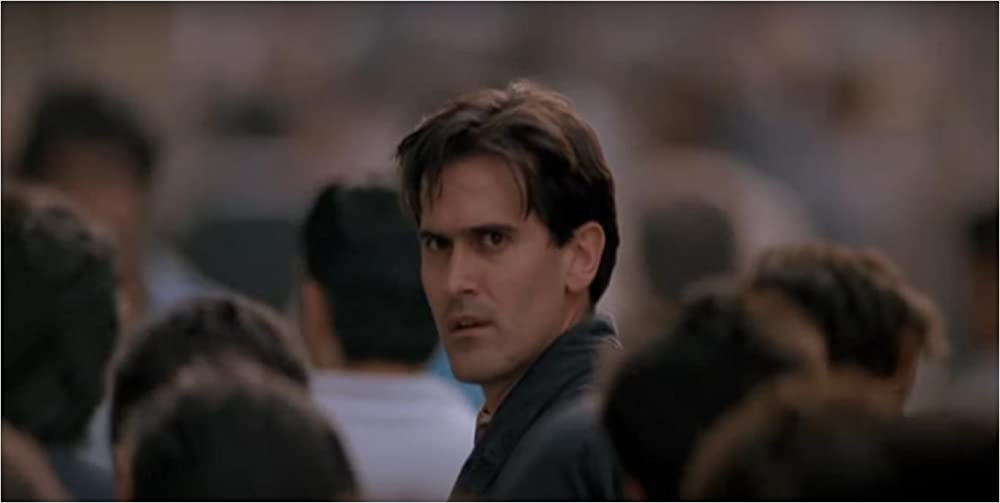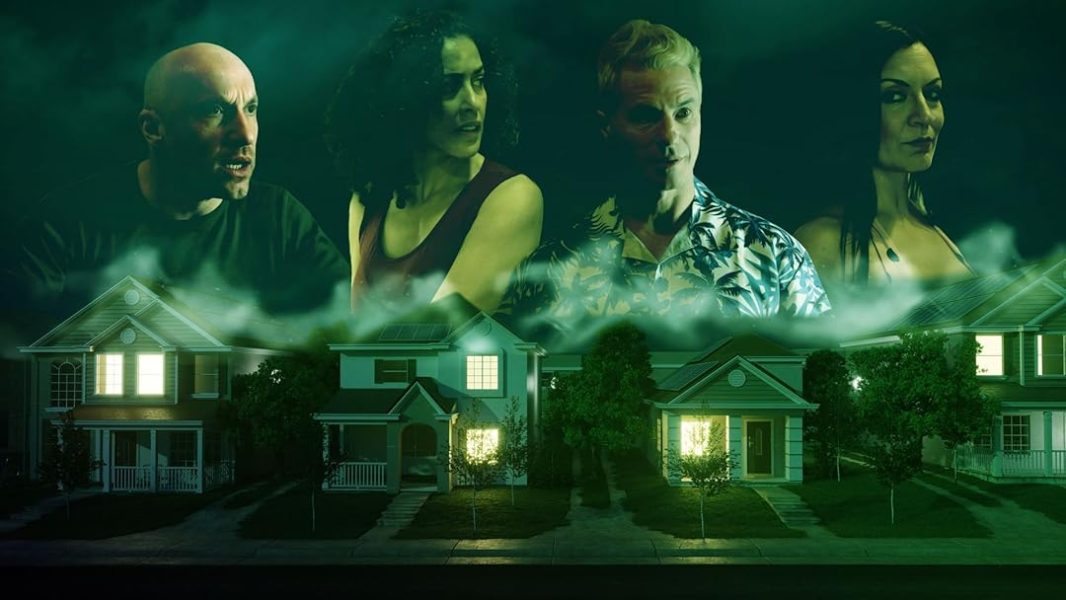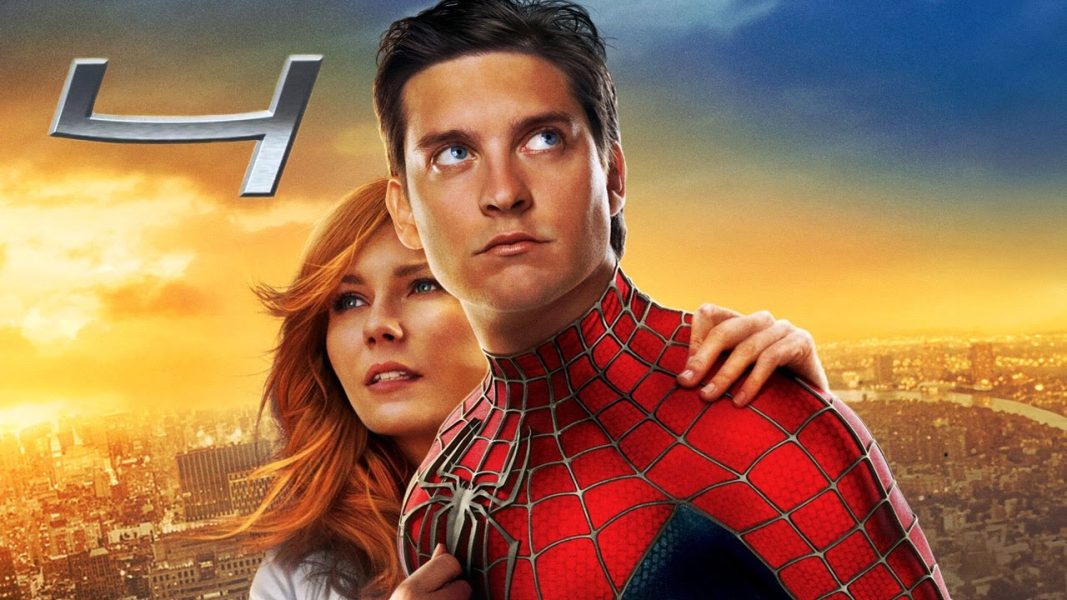Darkman (1990)—Sam Raimi’s First Superhero Movie

Before he became mainstream famous for his Spider-Man Trilogy, Sam Raimi was best known for directing low-budget horror films such as the Evil Dead series. Deciding to branch out, Raimi attempted to secure the rights to The Shadow, a long-running superhero novel, radio and comic book series dating back to the 1930s. When Universal rejected his pitch for The Shadow, Raimi decided to create his own superhero with the power to change his face.
Dr. Peyton Westlake (played by Liam Neeson) is a scientist trying to create a type of artificial skin that will help treat burn victims. However, the skin is only able to maintain form for 99 minutes. Meanwhile his girlfriend, Julie Hastings (played by Frances McDormand) is an attorney investigating mob boss Robert Durant (played by Larry Drake) and discovers a document that links Durant to business tycoon Louis Strack Jr. In search of the document, Durant arrives at Westlake’s lab, tortures Westlake before blowing up his lab after finding the document in his possession. With his face and nerve endings destroyed, Westlake seeks vengeance against Durant and uses his artificial skin to impersonate Durant’s men to take them down.
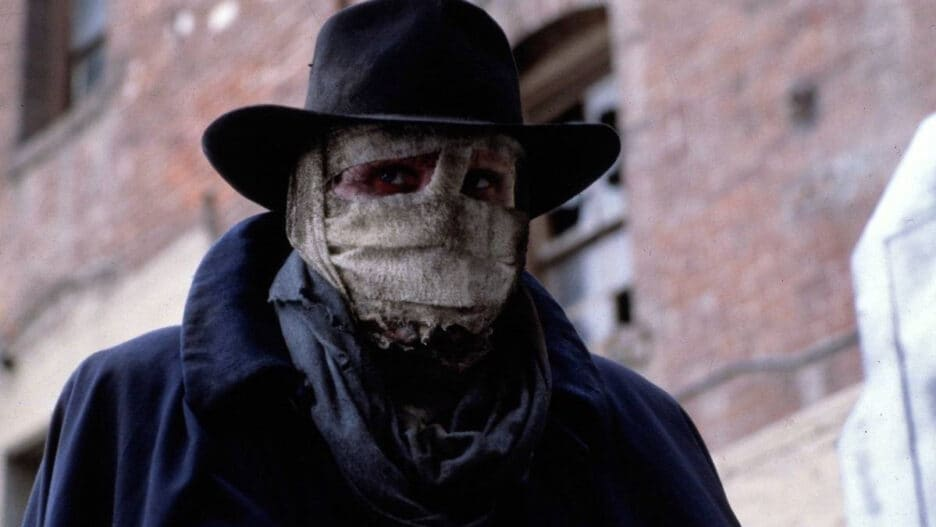
Raimi originally wrote Darkman as a short story that took inspiration from a number of influences including The Phantom of the Opera, The Elephant Man and even The Hunchback of Notre Dame. As his story went along, Sam also loosely based Darkman’s appearance on The Shadow, even having the character wear a fedora and cloak. During the screenwriting process, Raimi hired an ex-Navy SEAL to better flesh out Westlake’s transformation to a hero. Additionally, Raimi’s brother Ivan, who is a doctor, was also brought on to help with the medical elements.
Filming took place in both Los Angeles and Ontario, Canada. Liam Neeson had to sit in the makeup chair for up to 18 hours and often spent time working with the prosthetics to see how much of his acting would carry through. When asked about his experience working on the film, Neeson said that he enjoyed his time on set, but wasn’t so keen on sitting in the makeup chair for that long. Frances McDormand would often disagree with Sam Raimi on the direction of her character. Raimi wanted to work with McDormand, however the two did have conflicting opinions on Julie, as while she came off as a strong female character, she was relegated as the damsel in distress in the third act. While McDormand had nothing but good things to say about Raimi, she did ultimately feel miscast as Julie.
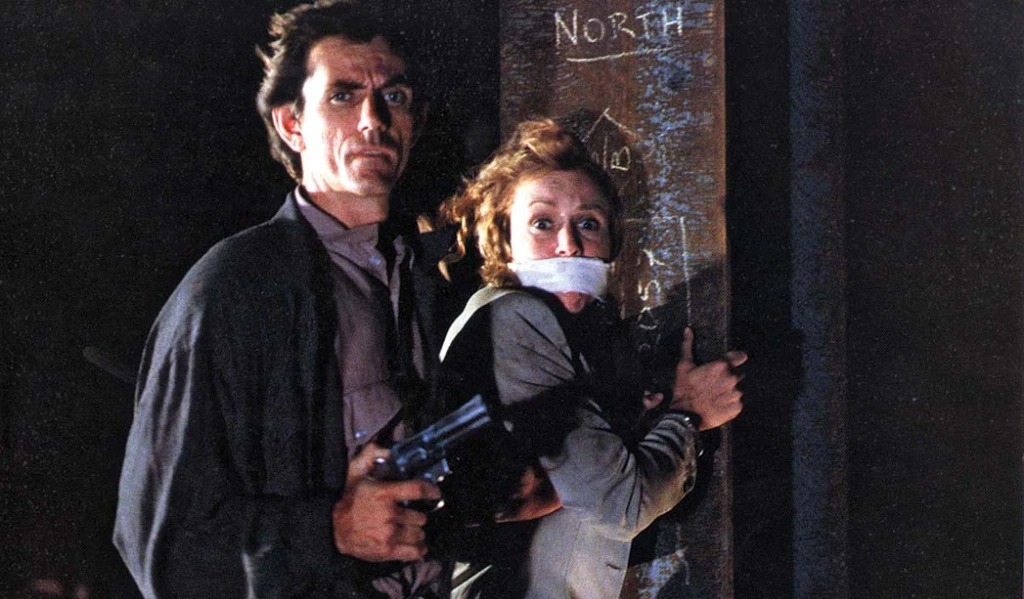
The music was composed by the legendary Danny Elfman. Best known for his use of grand and epic-sounding orchestral music, Elfman brought a form of grandeur to the film with his score that was previously missing. Upon a closer listen, the score does remind me a bit of his later work on the Raimi Spider-Man films, however, it still has a bold sound and further accentuates the film’s tense moments. In a screening with test audiences, many of them considered the movie unwatchable. However, after Elfman’s score was added to the final product, Darkman gained much more positive reception.
Darkman grossed $49 million at the box office on a budget of $14 million, making it a box office success. This spawned two direct-to-DVD sequels and an unaired TV pilot. The first of the sequels, Darkman II: The Return of Durant, saw the return of Robert Durant after his supposed death, while the second sequel, Darkman III: Die Darkman Die, had the titular hero continue his work on the artificial skin while facing off against crime boss Peter Rooker who seeks Darkman’s enhanced strength. Both sequels were poorly received. Liam Neeson did not return as Darkman in these sequels and was replaced by Arnold Vosloo, who you may know as The Scorpion King from the early 2000’s The Mummy franchise. While Vosloo is a competent actor, he was horribly miscast as Darkman and plays the role far too straight. Additionally, Raimi did not direct either sequel, with Bradford May taking over. While May does his best to capture the original feel of the first film, he ultimately was unable to recapture Raimi’s distinct style of filmmaking, making the sequels feel rather dull.
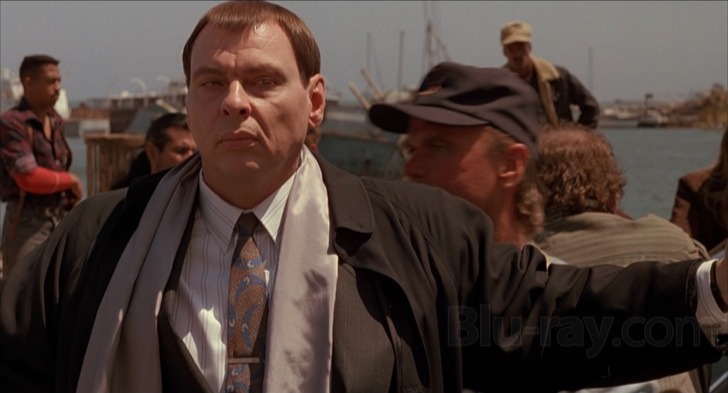
In April of 2022, Sam Raimi stated that Universal Studios was looking to make a legacy sequel to Darkman. Liam Neeson himself was open to returning as Peyton Westlake and Universal attached a producer to the project, despite not officially announcing any formal plans. Personally, I would love to see a legacy sequel to Darkman just to see how much growth Sam Raimi underwent as a film director since 1990. Although people like to credit Raimi with his Spider-Man Trilogy as the godfather of Marvel films, it’s important to remember that his success at Sony was due to Darkman. With multiple big budget comic book films such as the Spider-Man Trilogy and Doctor Strange in the Multiverse of Madness to his name, it’s hard to believe that Raimi’s first superhero film was an original, small budget film.
